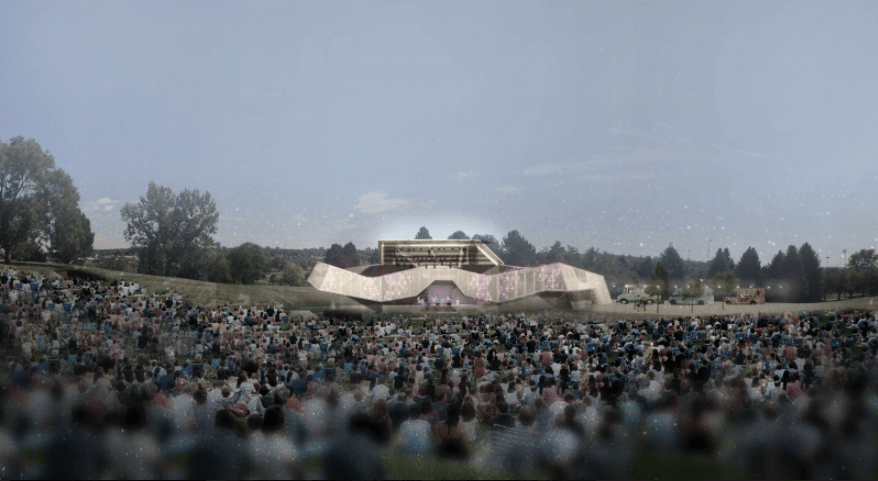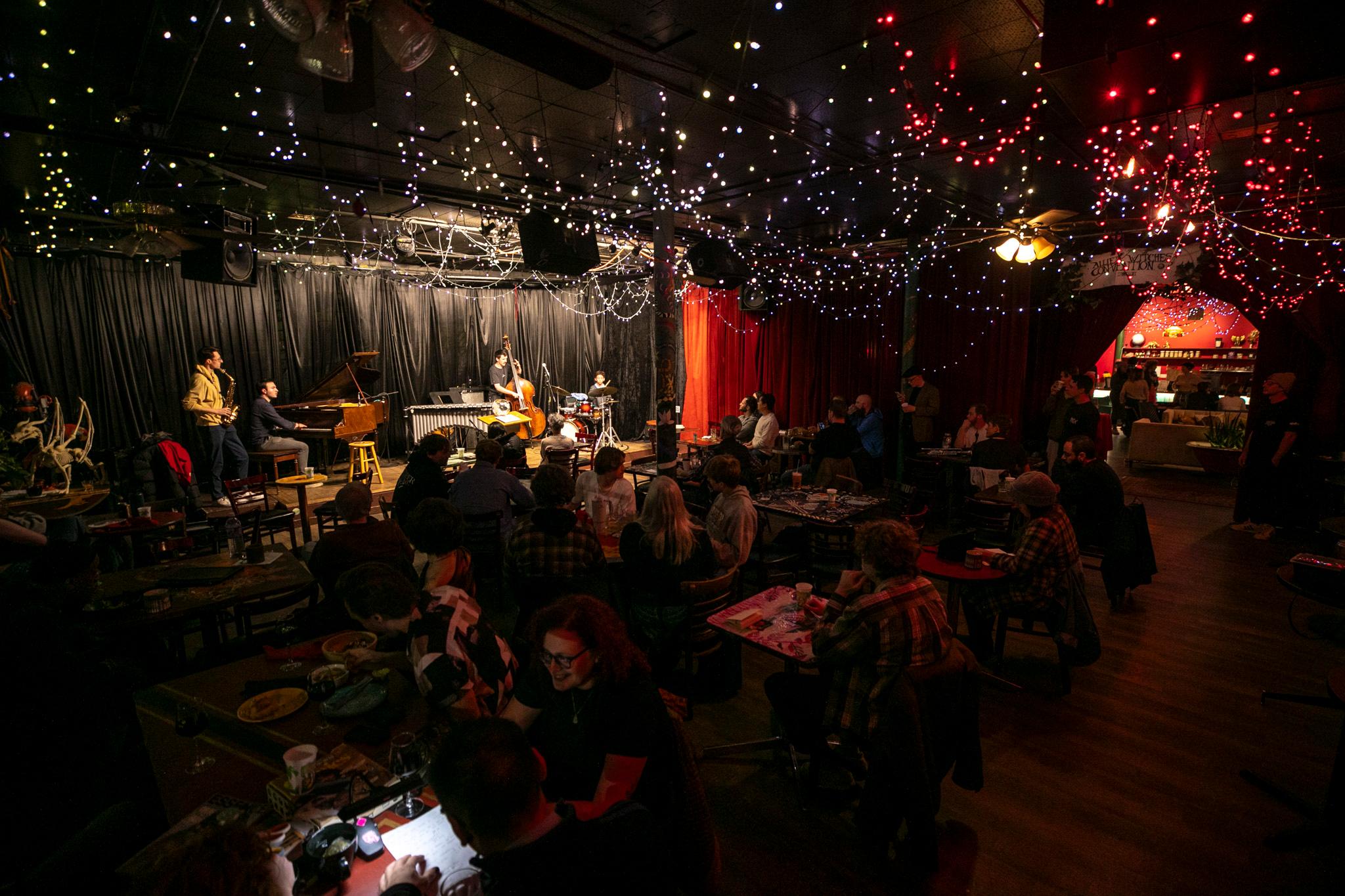
Work has begun on building an outdoor amphitheater in Ruby Hill Park that will eventually host 50 free shows a year.
Levitt Pavilion is part of a larger plan to revitalize the southwest Denver park already popular in the winter as a sledding spot.
“The Levitt Pavilion Denver is a key component of the Ruby Hill Park master plan and increased investment in and the surrounding neighborhood,” Happy Haynes, executive director of Denver Parks and Recreation, said in a release. “We are thrilled that our partnership with the Levitt Foundation is bringing another high-quality, unique and accessible amenity to our vibrant park system.”
In addition to hosting 50 free concerts, Levitt Pavilion will be available to schools, arts organizations, outside concert organizers and other nonprofits.
The design plan features grass seating, bike parking, public restrooms and space for concessions. The stage will be under a canopy and feature "state-of-the-art" sound and lighting.
The project is budgeted at $4 million, with $2 million from the city and $2 million raised by the nonprofit Friends of Levitt Pavilion Denver.

Levitt Pavilion is scheduled to be completed in 2017. It's the final phase of a revitalization plan that already added a mountain bike skills park, a playground area, a picnic shelter pavilion, a restroom, a community garden, upgraded walkways, an upper roadway and parking lots.
Ruby Hill Park sits in a neighborhood largely untouched by gentrification, but this isn't he first sign of interest in the area. Colorado Public Radio has applied to rezone 9.5 acres of property in the neighborhood, at 1601 W. Jewell Ave. If they're successful, they hope to replace a 400-foot radio tower with a two-story, two-story, 100,000-square-foot building.












